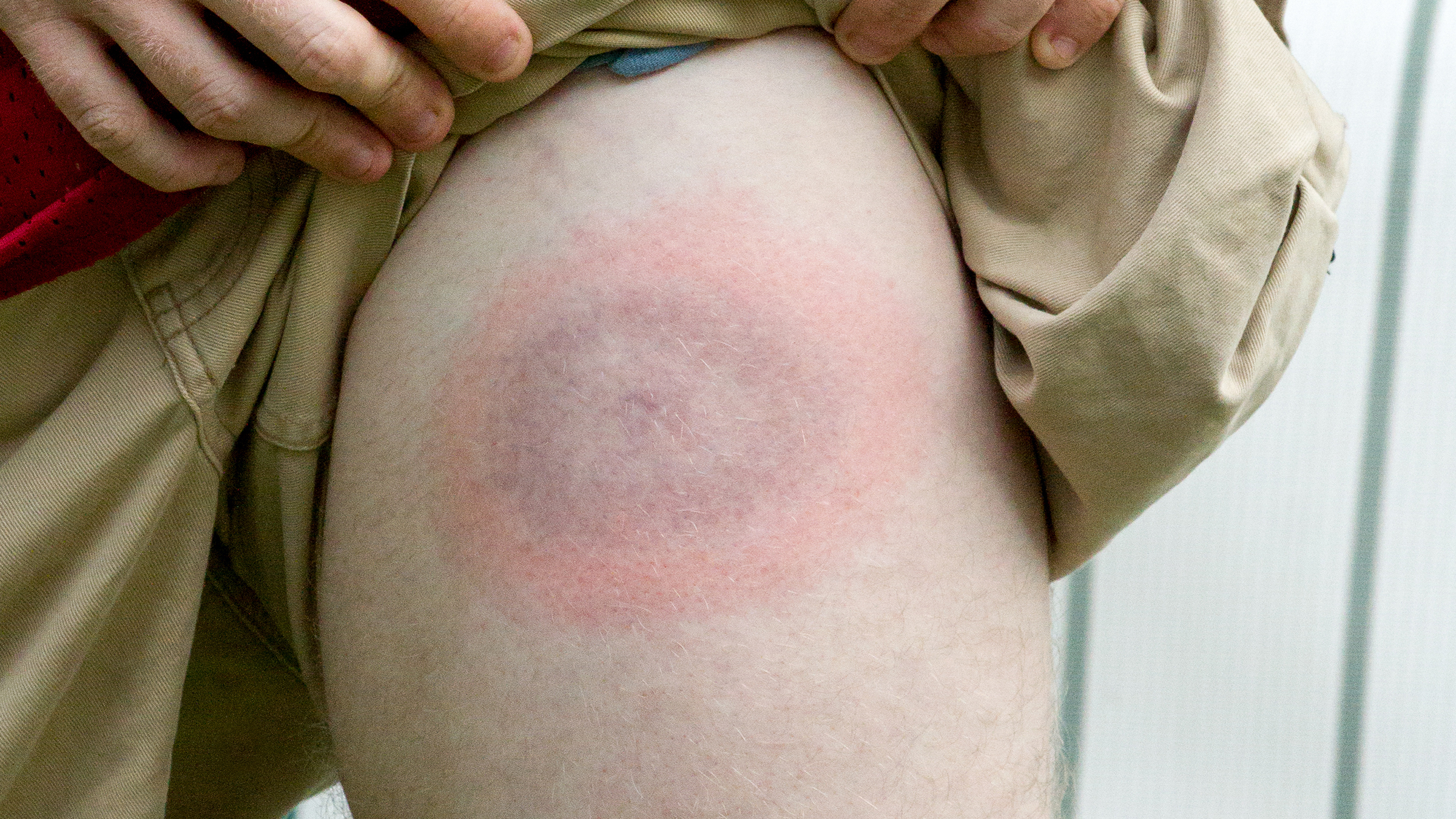Lyme disease is an infectious disease caused by the bacterium Borrelia burgdorferi. It can cause a wide range of symptoms, including fever, fatigue, joint pain, and skin rash. While antibiotics are the primary treatment for Lyme disease, there is an emerging interest in stem cell therapy as an alternative treatment option.
Stem cells are special cells that can turn into other types of cells, including those that are affected by Lyme disease. Stem cell therapy is the process of injecting these cells into the body to help the immune system fight off the infection. Renue Medical Centre helps individuals to restore recovery functions of the organs and tissues damaged by Lyme disease.

Image Source: Google
The most promising stem cell therapy for Lyme disease is autologous stem cell therapy, which uses stem cells harvested from the patient’s own body. In this type of therapy, stem cells are injected into the affected area and then allowed to multiply, releasing cytokines and other proteins that may help reduce inflammation and improve healing.
Another type of stem cell therapy being explored for Lyme disease is allogeneic stem cell therapy, which uses stem cells from a donor. This type of therapy has been used in experimental trials but has yet to be approved for clinical use.
Although stem cell therapy for Lyme disease is still in its early stages, it has shown promise in preliminary studies. Further research is needed to determine its safety and effectiveness. But for those suffering from Lyme disease, stem cell therapy may offer a promising alternative to traditional treatments.
Stem cell therapy is a promising alternative treatment option for Lyme disease. While more research is needed to determine its safety and effectiveness, it has shown promise in preliminary studies. With further research, stem cell therapy may offer a viable treatment option for those suffering from Lyme disease.